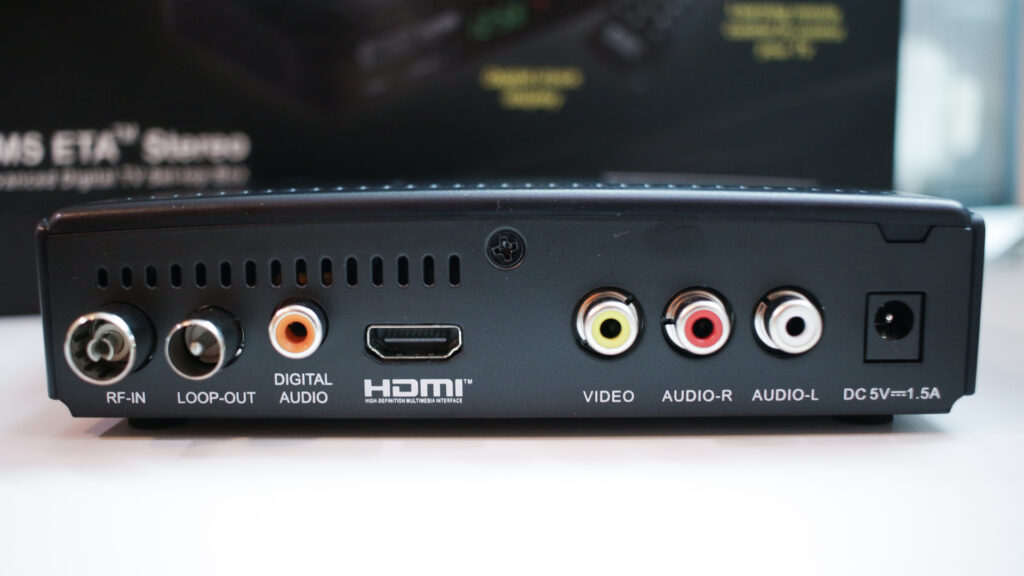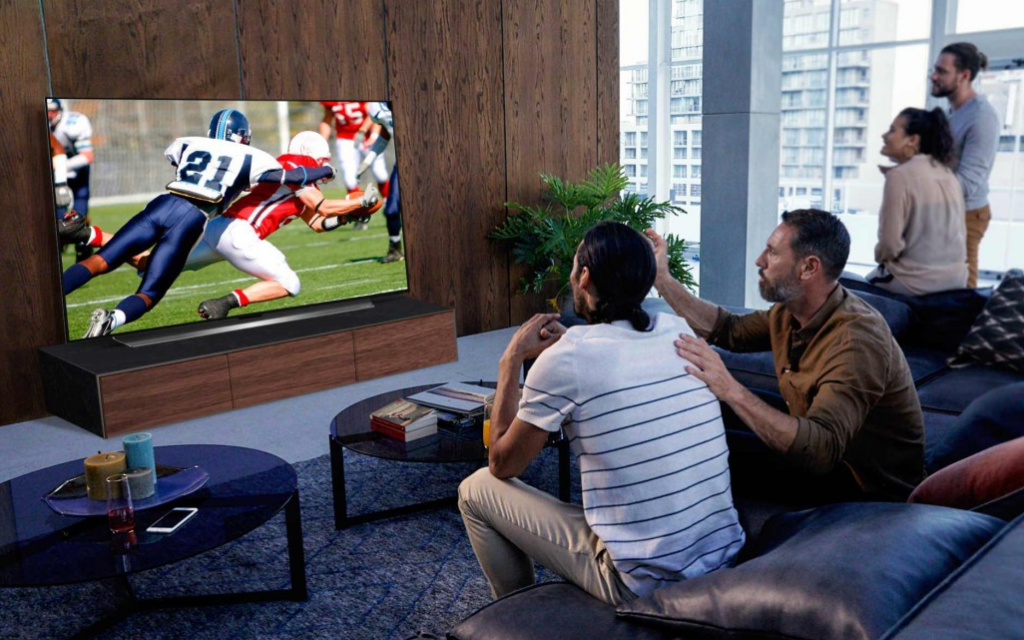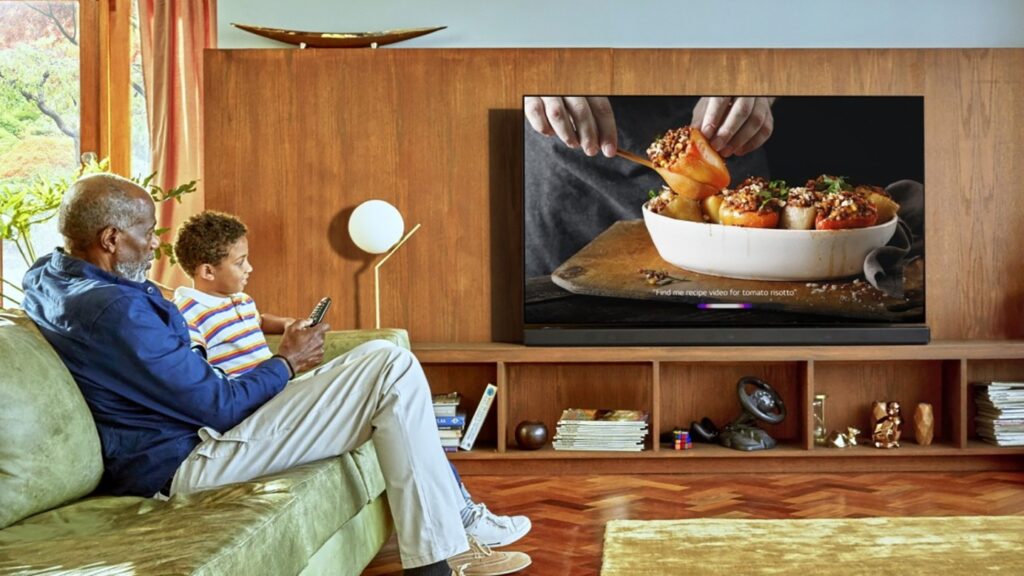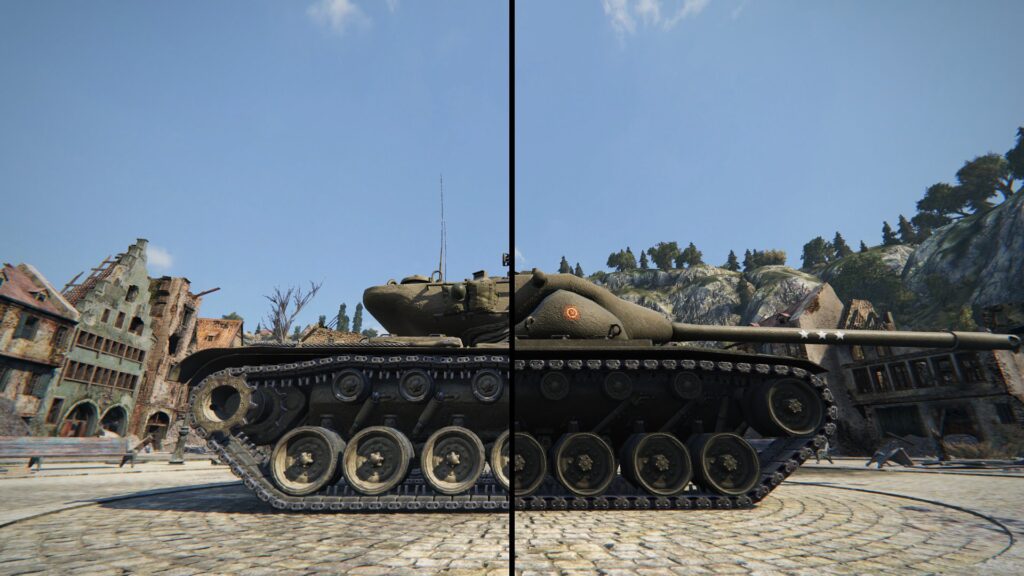The TV industry has been advancing drastically over the past decade and the world has surely witnessed a major transformation with newer technologies being incorporated into the TV and entertainment world. It will not be wrong to say that with the inception of digital TV, cable TV seems to be an old concept. With a large number of people still using cable TV technology, it is quite common to confuse both concepts.
Digital is a new word we hear when it comes to television. Those who have been out in the market shopping for a perfect TV for themselves must be more familiar with this buzzword. Just like we have been hearing about high definition TV, digital cable is the talk of the town now. Cable providers also seem to be coming up with the most anticipating plans and offers for users to benefit to the best. If you are looking for some of the finest cable TV plans to add the right pinch of high-quality TV entertainment to your life, then click for info here and you will surely be amazed to find out these too-good-to-pass offers.
If you are still not sure about what this digital cable TV fuss is all about, then worry no more. Here we are with all the details you might want to know to realize what makes digital cable so special. So, without any further delay, let’s get started:
What is Meant by Digital Cable?

With the help of digital cable, you can receive a lot more than just basic cable TV packages. You can enjoy as many as 200 channels along with the basic cable plan including movies, sports, music and so much more.
This means that music lovers can get access to more than 35 channels or movie fanatics will have a wider slot of channels for watching tons of movies. Moreover, digital TV also comes with parental controls, so you do not have to be concerned about your kids watching any inappropriate content.
Cable TV and digital TV have different designs and considerable differences. It will be true to say that digital TV is a lot better when it comes to getting a better viewing experience. Be it the signal strength, broadcast-quality, audio quality, video quality, and whatnot, digital TV seems to be a clear winner.
What does a Converter Box do?

Those who possess analog TV can make use of the converter box but it does not convert the signal and picture quality equal to a digital TV. To enjoy the complete sharpness and crispness of a digital cable TV, you need to have a TV with a digital tuner, like an HDTV. Only then can you experience the true quality levels of a digital cable TV.
Difference between Digital and Cable TV service
Let’s have a closer look at the differences between cable TV and digital TV:
1. Signal Strength
Cable TV is known to transfer signals through coaxial cables that are to be plugged in the TV set or the cable box, making use of analog signals mostly.
Digital TV, on the other hand, uses high-quality digital signals rather than analog ones.
2. Mode of Transmission
Cable TV transfers signals in the form of radiofrequency waves, while the digital TV makes use of electric pulse in the form of binary data. The digital signals are more accurate and precise as compared to the analog signals.
3. Video Quality

The signals in the case of cable TV may undergo degradation in terms of video quality. However, this is not the case when talking about digital TV since the digital transmission does not undergo any interferences no matter how long the distance. Thus, the quality of the broadcast is not affected by digital cable TV. Digital TV offers a higher resolution, sharp pictures, and high-density pixels.
4. Consistency of Reception
Cable TV may be affected as a result of interference that might lower the audio and video quality. While on the other hand, digital TV signals remain unaffected and hence have a much better audio and video quality as a result of more consistent reception.
5. Channel Variety
When it comes to channel lists and variety, digital TV is way ahead in the game as it is capable to support much more content as compared to cable TV.
6. Use of Multicasting

Digital TV can support the transmission of more content and that too in high audio and video quality, by making use of multicasting as well as video-on-demand features.
Clear Benefits of Digital TV
A digital TV can send a massive amount of data and information, which, in other words, means a greater number of channels along with a high level of audio and video quality. Thus, you can access more content and even record or playback it.
Concept of SD and HD in Digital Cable

Standard definition broadcast means comparatively lower picture quality as compared to high definition broadcast. In the case of HD, the picture is sharper and clearer. Not just the picture quality, but SD and HD digital cable also differ in terms of the channel list and content available. There might be certain shows that are not accessible in HD but available in SD broadcast and vice versa.
How Can You Access Digital TV via Cable?
First of all, you need to have a television set that is compatible with the digital broadcast. You can get a digital cable box or QAM tuner from your cable provider. The setup is very simple and your provider might offer installation services.
The Bottom Line
The emergence of digital technology and its incorporation in the cable world has surely been a game-changer and resulted in high levels of picture and sound quality. It has also made accessibility to a much wider range of content possible. Digital TV can be either SDTV or HDTV, where HD format is capable of brighter, sharper, and crisper audio and video quality. Be it the signal strength, video quality, the efficiency of digital signal transmission, or multicasting, digital cable TV sure seems to be a clear winner as compared to analog cable TV.

